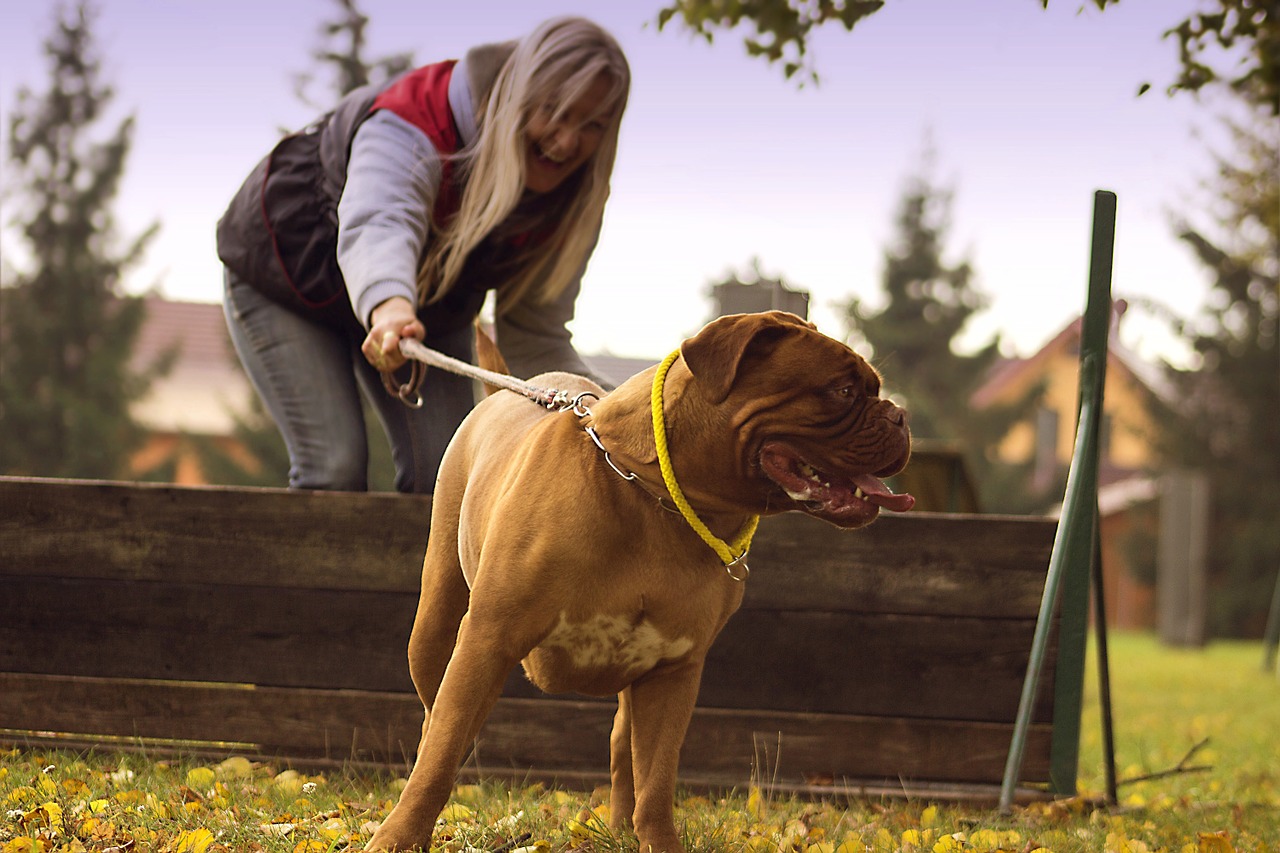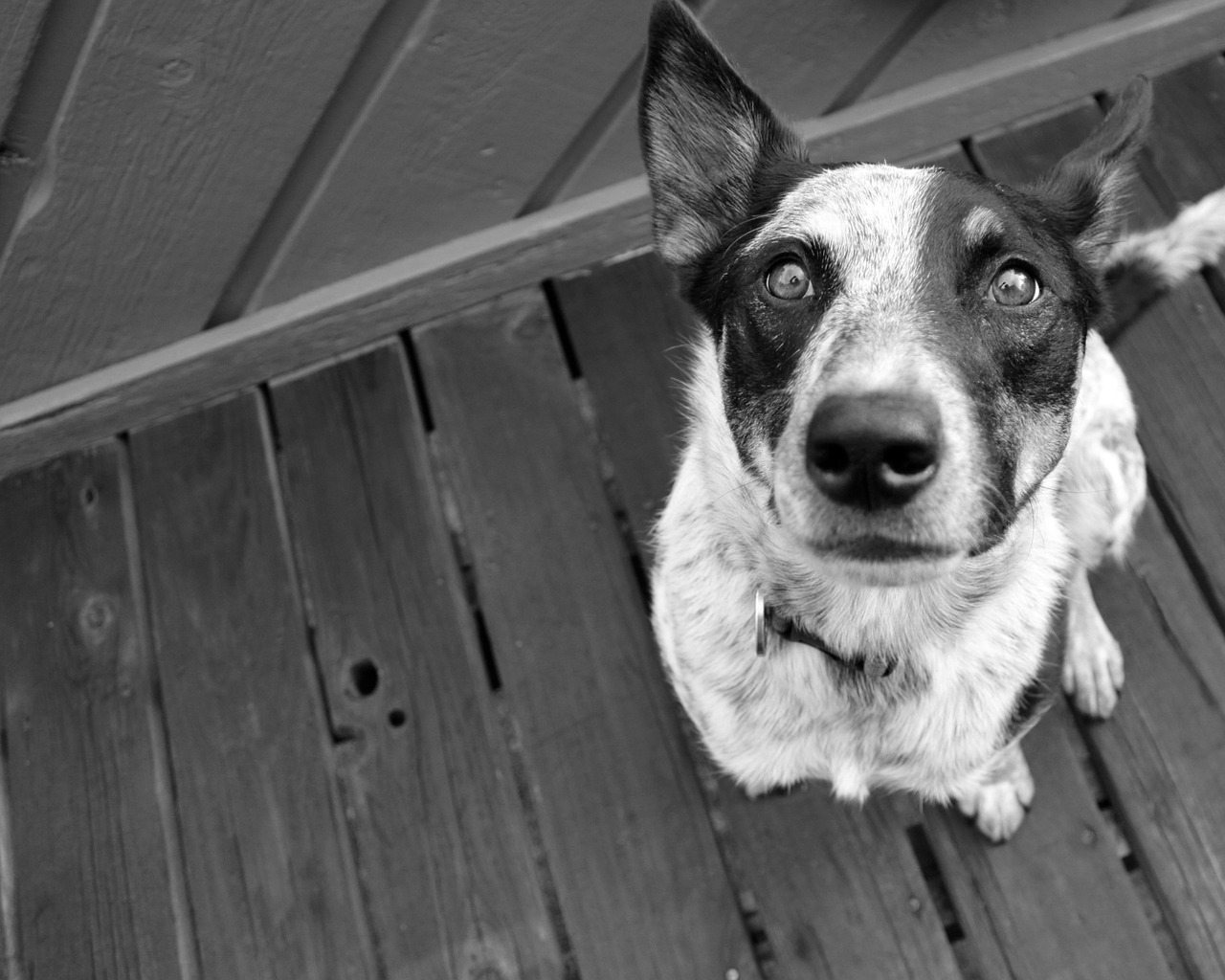Dog’s dominance comes from a lack of calm-assertive leadership AND TRAINING
|
Dog Dominant Tool by TrainPetDog This easy and user-friendly Tool asks 10 questions to the dog owners, evaluates the Dog’s attitude and displays recommendations based on the input. |
Sign up for a FREE mini course on training your Dog using the principles of Positive Reinforcement Reward The desire to dominate is a human trait, not a canine trait. Scientists know now that fights and pecking orders AMONG WOLVES occur when there is a limited amount of food and space, as there always is in captivity. When they’re not in captivity wolves help each other out and take on different roles more than try and fight each other to be “alpha”. Normal dog behavior doesn’t include a drive for dominance. Aggressive behavior is probably caused by anxiety, not by an instinctive need or desire to be alpha. Is lack of assertive leadership and training what causes anxiety, insecurity and many behavioral problems. For example, if I try to take a resource from my dog Paco (bone, toy, treat, dish, bed, etc.) without previously teaching him to give me something, I’m being pushy and rude. That path can easily lead to anxiety and resource guarding. The fear of the loss of the resource creates aggressive behavior caused by anxiety. First, when dealing with behavior issues (including aggression) it’s always important to rule out the possibility of a health issue, as pain/illness can be a cause or contributor to the display of behavior such as aggression. the possibility of pain or illness should be the first thing to consider. One of the worst methods for for handling an aggressive dog is to attempt to dominate him, especially when it involves forceful and punitive techniques intended to show the dog who’s boss. ‘Dominance downs,’ ‘alpha rolls’, bullying, intimidation, instilling fear, hitting, choking to near unconsciousness, and other harsh and dangerous methods that only worsen the dog’s condition and result in an already troubled animal feeling terrified, betrayed, threatened and backed into a corner by his human.
<><><> So YES… there is a hierarchy – we, as pet parents, are in charge. Too many people mistake being a strong parent or leader with dominance or aggression. The two are not the same. In fact many of the greatest leaders use no force or aggression 🙂 The TrainPetDog program is a complete hands off method. It’s all about winning their little minds and getting them to want to listen. Point made? I hope that clarifies things (pack leaders don’t have to dominate physically) <><><> How to properly evaluate and safely modify behaviors such as aggressionPLEASE NOTE: Dominance is a relationship between two members of the “same” species. This is an important aspect about dominance (based on the commonly accepted scientific definition of the term “dominance”) that often gets overlooked! Dominance between dogs can (and does) occur, but it is relationship specific. All dogs are different and all relationships are different so, there is no simple one-size-applies-to-all situations. Think each incident through one at a time. Review the context for each of the ‘fights’ that have taken place… What was taking place prior to the incident, what interaction preceded the incident, where it occurred, where were the dogs, who was in the room, was there a resource that was being guarded, etc… to see if any patterns can be identified. I wouldn’t be surprised if you did indeed find identifiable patterns between the different incidents. Hopefully you do, because that will help you understand how to manage the dogs’ environment to prevent future incidents of aggression from occurring and to determine if you need assistance in the form of a behavior modification strategy. |


